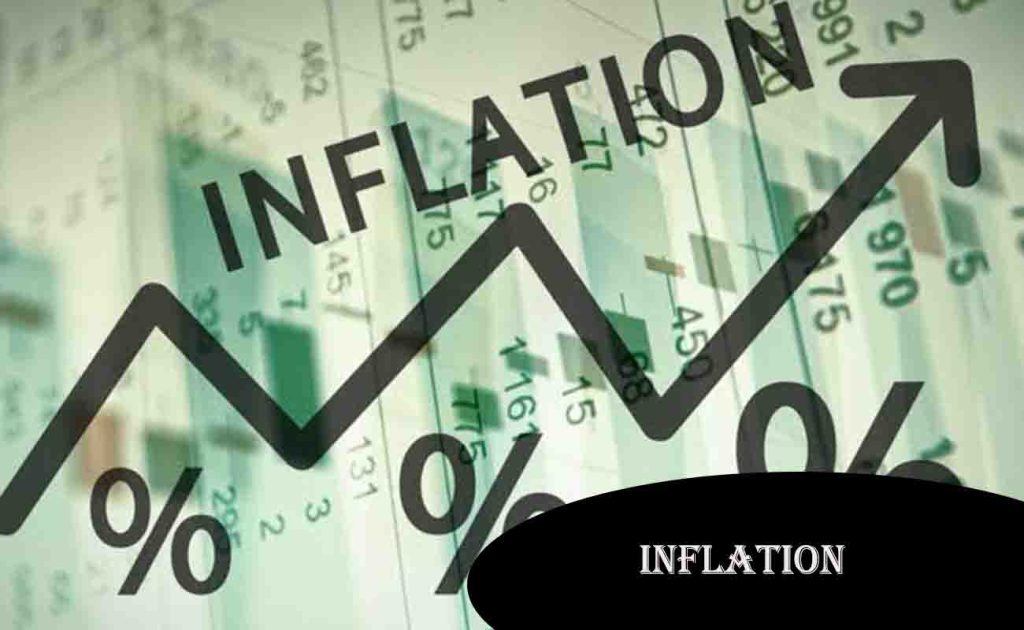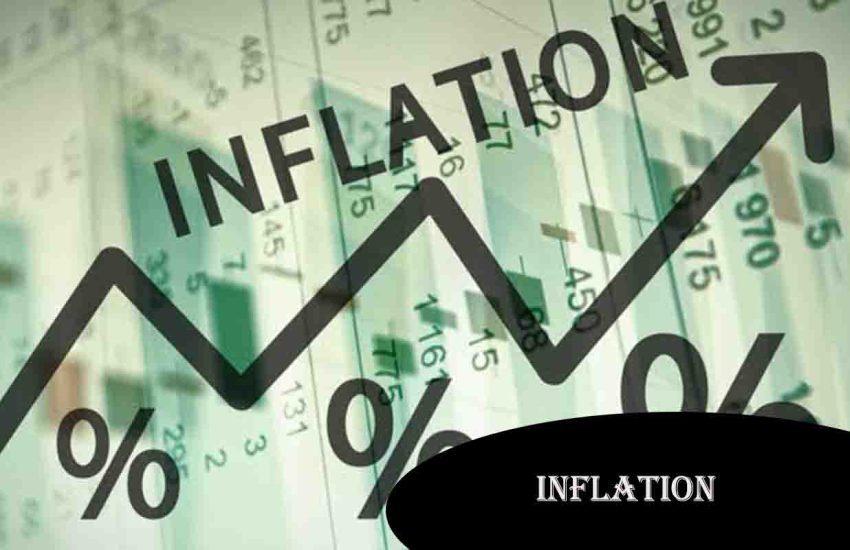Inflation is the silent thief of your wallet. You might not notice it day to day, but over time, it chips away at the value of every dollar you earn, save, or spend. A cup of coffee that cost $2 a decade ago might set you back $3 today—and that’s inflation at work.

In March 2025, with prices still shifting in the wake of global economic changes, understanding inflation is more crucial than ever. So, what is it, how does it hurt you, and most importantly, how can you fight back?
Understanding Inflation
Inflation is the rate at which the general level of prices for goods and services rises, eroding purchasing power. It’s often tracked by the Consumer Price Index (CPI), which measures the cost of a basket of everyday items like food, fuel, and housing. Causes vary: demand-pull inflation happens when too many dollars chase too few goods; cost-push inflation kicks in when production costs (like wages or materials) rise.
In 2025, lingering supply chain issues and energy price fluctuations continue to stoke the fire. At a modest 3% annual rate, $1,000 today will only buy $738 worth of goods in 10 years.
Impact on Savings and Investments
Inflation’s sting hits hardest where you feel safest: your savings account. If your money earns 1% interest while inflation runs at 3%, you’re effectively losing 2% in real value each year. Over decades, that gap compounds—$10,000 sitting in a low-yield account could lose half its purchasing power in 25 years. Investments aren’t immune either: fixed-income assets like bonds can lag if their returns don’t keep pace, leaving retirees especially vulnerable.
Hedging Against Inflation
The good news? You’re not powerless. Here are smart ways to protect your money:
- Stocks: Historically, equities outpace inflation over the long haul. Companies can raise prices, boosting profits and stock values.
- Real Estate: Property tends to appreciate with inflation, and rental income can adjust upward. Real estate investment trusts (REITs) offer an accessible entry point.
- Treasury Inflation-Protected Securities (TIPS): These U.S. government bonds adjust their principal with CPI, guaranteeing your money keeps up.
For example, if you’d invested $5,000 in an S&P 500 index fund 20 years ago, with an average annual return of 7% (after inflation), you’d have over $19,000 today—far better than a savings account’s decay.
Historical Examples
Inflation isn’t new. In the 1970s, stagflation—high inflation plus stagnant growth—saw U.S. rates soar past 10%, turning savers into losers and pushing investors toward gold and real assets. More recently, post-pandemic supply shocks in 2021-2022 drove prices up fast, reminding us that even modern economies aren’t immune. Today’s 2025 landscape, with its mix of recovery and uncertainty, echoes those lessons: cash under the mattress is a losing bet.
The Bottom Line
Inflation doesn’t just nibble at your money—it can devour it if you let it. The key is to stay ahead: don’t let your savings sit idle, and invest in assets that grow faster than prices rise. Whether it’s stocks for growth, real estate for stability, or TIPS for security, you have tools to fight back. In a world where $1 buys less every year, proactive planning isn’t optional—it’s essential. Start today, and turn inflation from a thief into a challenge you can conquer.
